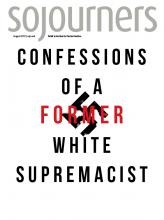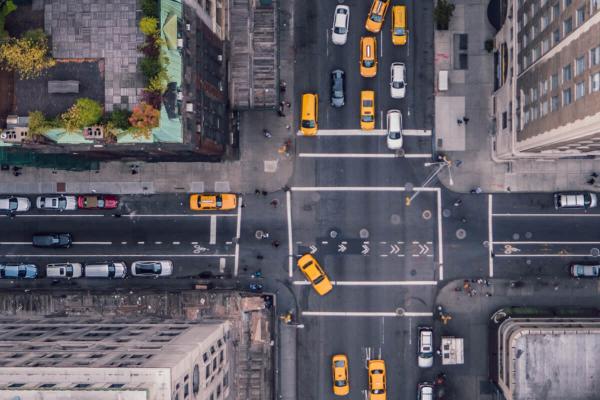I HAD A REAL New York City sojourn on a recent weekend, one that reminded this longtime country dweller how sweet the city can be.
It began on Friday night at the IFC Center downtown, watching a premiere screening of the pilot of the new HBO series The Deuce, which is set on 42nd Street in 1971. Though I didn’t get to New York until the early ’80s, the street scenes in the show were familiar—the grit and violence and general decay lingered at least through the crack years of the mid-1980s; when I left New York, 42nd Street remained a canyon of porn theaters and massage parlors. (The Deuce, by the way, is brilliant—Maggie Gyllenhaal is unforgettable as the complicated lead.)
Read the Full Article

